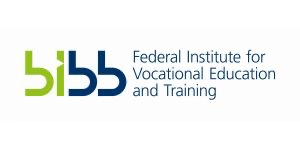Most Asia-Pacific countries have put in place mechanisms to systematically anticipate current and future labour market skills needs
A large majority (84%) of TVET stakeholders responding to the 2021 BILT scoping survey identified use of labour market information systems (LMIS) as the most important strategy that Asia-Pacific countries can implement to systematically identify new qualifications and competencies in TVET. Other important strategies included conducting stakeholder consultations and surveys and leveraging job and career databases. (BILT scoping study of current TVET trends in the Asia-Pacific carried out in 2021)
A growing number of Asia-Pacific countries regularly collect data on future skills needs, according to a recent UNESCO-UNEVOC trends mapping study. Whereas a 2015 study had shown that only a minority of Asia-Pacific countries regularly conduct skills forecasts or mapping exercises, 83% of Asia-Pacific TVET stakeholders participating in the trends mapping survey in 2019/20 indicated that their country regularly conducts national skills forecasts. The Asia-Pacific proportion was higher than the global average of 57%. (UNESCO-UNEVOC 2020)

UNESCO-UNEVOC/Arpan Chowdhury under CC BY-NC-SA 3.0 IGO
Less-developed countries in the region often face capacity constraints, which prevent them from putting in place systems to regularly gather, analyse and/or disseminate labour market information
“Countries that want to reduce skills imbalances in their labour markets need to have a good understanding of where the shortages, surpluses and mismatches are, and use this information to (re-)design policies."
(OECD 2021)

UNESCO-UNEVOC/Amitava Chandra
Establishing sector skills councils can be a quick and affordable means of obtaining labour market intelligence while engaging the private sector - and especially the informal sector - in TVET policies and programmes
The BILT project is implemented by

with support of

and sponsored by

UNESCO-UNEVOC International Centre
for Technical and Vocational Education and Training
UN Campus, Platz der Vereinten Nationen 1
53113 Bonn, Germany
Contact
Data privacy statement | Contacts | © UNESCO-UNEVOC